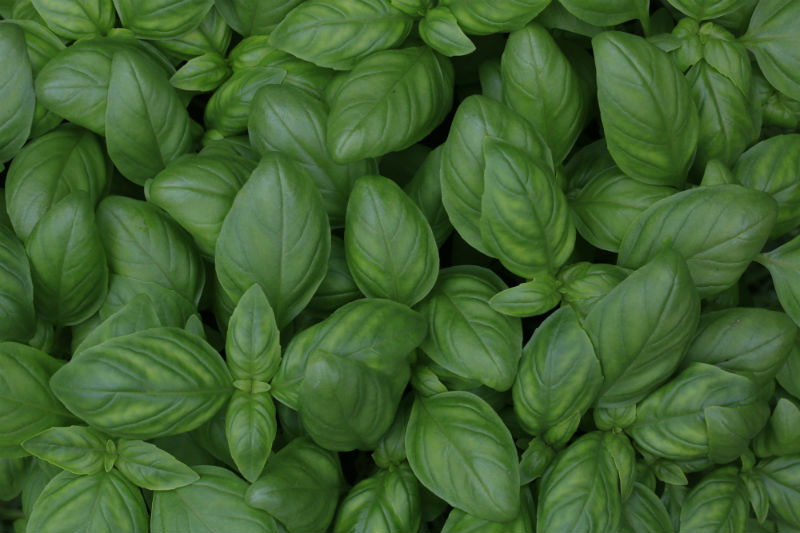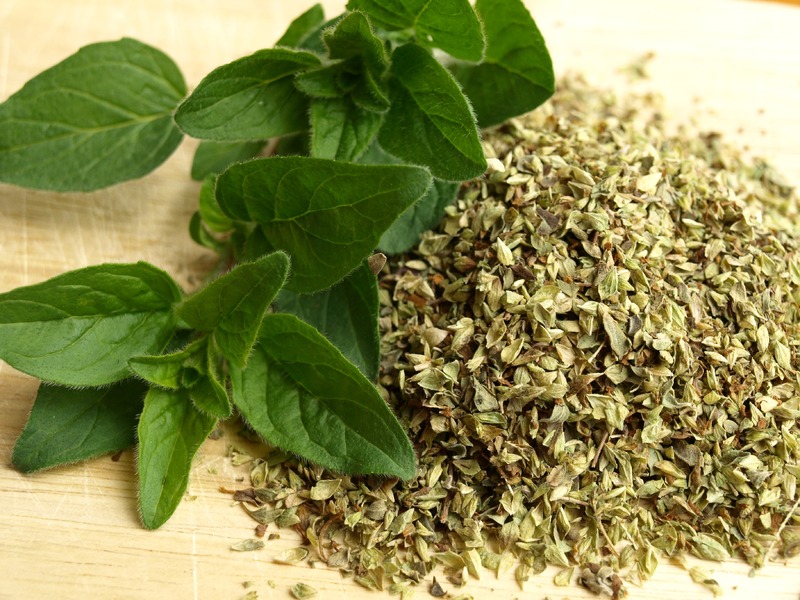One of the secrets that great chefs know when it comes to creating delicious meals is how to use herbs. Anyone can improve the taste of the food they cook, and obtain medicinal benefits, by adding these natural ingredients to their recipes. Of course, there are a wide array of herbs to choose from and, for chefs of all levels, there are top cooking herbs they like to use.
Herbs are inexpensive and readily available at grocery stores, farmers markets and nurseries. They can be purchased ready to use, or as starter plants that are easy to grow at home. Learning which herbs to add to different meals can be a lot of fun, while providing the body with better nutrition.
The following are among the top cooking herbs for spicing up a meal. They are an excellent way to get started.
Basil

The raw leaves of the basil plant enhance salads, sandwiches and other dishes. They also can be cooked and stirred into hot meals such as meat, vegetables, pasta, soup and eggs. Perhaps the best choice is sweet basil, a staple of Mediterranean cooking. Other options are Asian basil, which has red leaves and tastes a bit like clove; lemon basil, with a citrus flavor; and Thai basil, which has licorice notes.
Basil contains beta-carotene and other antioxidants, substances that bolster the immune system and ward off illness. The plant’s oils are anti-inflammatory and anti-bacterial. Among the minerals in basil are potassium, iron, magnesium, manganese and copper. Vitamin K strengthens bones and neutralizes “free radicals” that damage cells, while Vitamin A and lutein aid in preventing macular degeneration.
Cilantro – The Top Cooking Herbs You Can Use To Spice Up Any Meal

Also known as coriander, cilantro is found in Asian and eastern European recipes. Citrus and pepper flavors come from the seeds, which spice up chicken, fish, vegetables, pastas, soups, salads and pesto.
The plant’s antioxidants, fiber, vitamins and essential oils help keep cholesterol levels in check. Other nutritious ingredients include calcium, potassium, iron, magnesium, beta-carotene, folic acid, riboflavin, niacin, and Vitamins A and C. Cilantro is one of the best natural sources of Vitamin K. Oil from the seeds has analgesic, fungicidal, digestive and aphrodisiac qualities.
Oregano

One of the most delectable herbs, oregano is a key element in Italian and Greek cuisine. This minty plant is also used in Mexican and Mediterranean cooking. People enjoy it with fish, chicken, eggs, sandwiches, soups, pizzas, salads and sauces.
Oregano is loaded with antioxidants such as beta-carotene, Vitamin A, lutein and zea-xanthin. It contains a significant amount of fiber and essential oils. The leaves and stems have properties that deter the flu, fevers and indigestion. In addition, oregano features thymol, which destroys harmful bacteria; and the minerals calcium, iron, potassium and magnesium.
Rosemary – The Top Cooking Herbs You Can Use To Spice Up Any Meal

This strong-tasting herb is commonly applied to meat, bread, salads, soups and vegetables. Brewing rosemary tea is another way to ingest the plant’s antioxidants and essential oils, which provide anti-inflammatory, anti-fungal and anti-septic benefits. Many of those who suffer from headaches, colds, gout and rheumatism include rosemary in their treatments.
A single large serving of the herb contains one-third of the recommended daily amount of fiber. Rosemary also is packed with B vitamins like folic acid and riboflavin; has generous concentrations of Vitamins A and C; and delivers iron, calcium, potassium, magnesium and copper.



